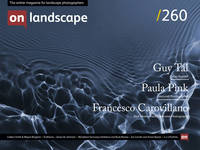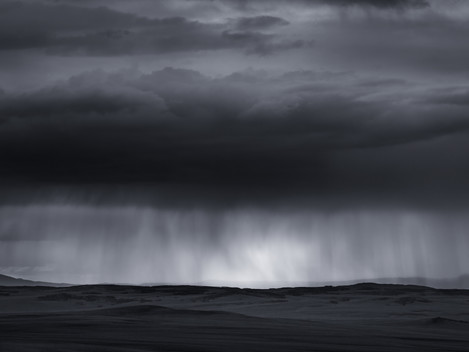Living a more meaningful life
The object of art is not to make salable pictures. It is to save yourself. . . . The thing of course, is to make yourself alive. Most people remain all of their lives in a stupor. The point of being an artist is that you may live.~Sherwood Anderson, in a letter to his son
What is the purpose of art? Why do we invest so much time and effort making, experiencing, attempting to define, and arguing about art? These questions suggest that art has some sort of value that justifies what Albert Camus described as, “the ordeal it [art] demands of a man and the opportunity it provides him of overcoming his phantoms.” What, then, is the value of art? How does art deliver this value?
If we can characterise what the value of art is, we can then presumably use this characterisation to rank some types or some works of art as more valuable than others.
Aesthetics is the branch of philosophy concerned with beauty and taste and, by extension, art. Like anything having the distinction of being a branch of philosophy, aesthetics is a broad and complex subject. Philosophers who have offered normative aesthetic theories suggested different ways in which art can be valuable. For example, art may have hedonic value (by giving pleasure); it may have aesthetic value (by being beautiful); it may have expressive value (by conveying or arousing emotions), or it may have cognitive value (by contributing to knowledge and/or understanding).
With these types of value in mind, we can now consider such things as whether some types of value are more venerable or desirable than others. For example, is art whose value is only hedonic less valuable than art that is (or also is) expressive of powerful emotions? Is expressive art that imparts an obvious emotion less valuable than art that has profound cognitive value—art that enriches the viewer’s (or artist’s) understanding of the world?



